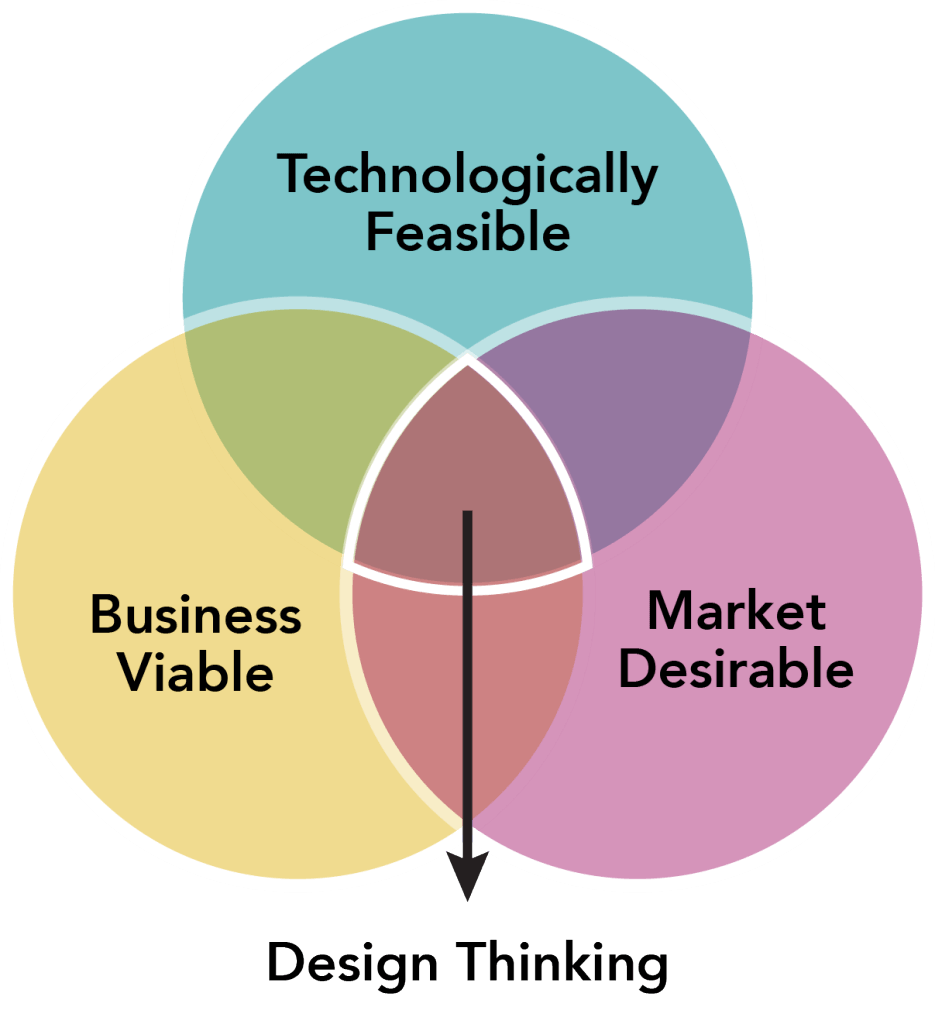Design Thinking and the Business Agility Ecosystem
- by 7wData

We have entered the third wave of Agility. The first wave was about Agile teams adopting frameworks such as scrum, Kanban and XP, the second wave was about Agile at Scale where organizations implemented scaling patterns to ensure Agile could operate at large scale. The third wave is Business Agility. To achieve a state of Business Agility, the entire organization needs to adopt an Agile mindset, effectively creating an end-to-end Agile ecosystem. And Agile today is being recognized more and more as a requirement for dealing with, as Stephen Denning put it in a recent article, “a world that is increasingly volatile, uncertain, complex and ambiguous”. Innovation is the name of the game — or at least, it’s the key to staying in the game. Lean Startup is one method for creating and sustaining innovation; another option that is getting a lot of attention these days is Design Thinking.
Mens et manus is the Latin phrase meaning “mind and hand”, which is the motto of Massachusetts Institute of Technology (MIT). I think this is a great way to frame a conversation about how Design Thinking is relevant to organizations trying to achieve Business Agility. Design Thinking is about testing the creative ideas that are in your mind by using your hands to give those ideas a form, and then putting those potential solutions into the hands of your end user or customer for early and frequent feedback.
Design Thinking is a set of mindsets (or what some in Agile might call “principles”) for solving problems that has been around for about 30 years — making it even older than scrum. It came out of both the Stanford Design School (the d.School) and a leading design and innovation consulting firm named IDEO. Design Thinking exists at the intersection between what is viable for the business, feasible in terms of available technology and desirable to consumers. In order for Design Thinking to work, people first need to develop a sense of creative confidence, a concept that Tom and David Kelley describe in detail in their book “Creative Confidence: Unleashing the Creative Potential in Us All”. In effect, they say that, rather than treating design as some sort of cult activity that is only done by a select set of highly specialized design clerics, everyone should focus on bringing out their own inherent creativity, especially in problem solving. To help this process along, organizations can promote Design Thinking so it can be absorbed into the DNA of the broader organization.
Since its inception, Design Thinking has been anchored on six key mindsets. You’ll notice a lot of similarities between each of these six mindsets and the principles of the Agile Manifesto.
Design Thinking can provide a mature and proven set of principles and practices that both the business/product management and software development parts of the organization can use to identify which problems are worth solving and very rapidly ideate potential solutions to those problems by using prototypes and testing assumptions.
[Social9_Share class=”s9-widget-wrapper”]
Upcoming Events
Evolving Your Data Architecture for Trustworthy Generative AI
18 April 2024
5 PM CET – 6 PM CET
Read MoreShift Difficult Problems Left with Graph Analysis on Streaming Data
29 April 2024
12 PM ET – 1 PM ET
Read More




